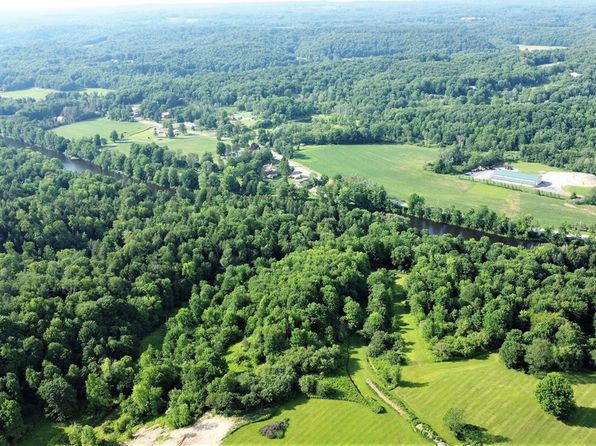Town History
In 1773, George J. Weaver, Captain Mark Damuth, and Christian Reall and their families settled into an area now known as Deerfield Corners. In 1776, these same families, with the forewarning of a friendly Native American "Blue Back," escaped a pending attack by the Brittish on their settlement. Their escape brought them to Little Stone Arabia, a small fort located in the present day Town of Schuyler. Subsequently, Captain Damuth lived in Herkimer over the next few years. George J. Weaver was taken prisoner near Herkimer by the Brittish and Indians and was removed to Canada and then England. He was later released and returned to the area.
Contacts:
Gregory Sacco
Town Supervisor
Deerfield Municipal Building
6329 Walker Road
Deerfield, NY 13502
Phone: 315-724-0413 ext. 250
Links:
Oneida County Historical SocietyThe Oneida County Historical Society website features a historical clip on the Town of Deerfield.
Documents
- Town of Deerfield Map (1800)
- Town of Deerfield Map (1852)
- Town of Deerfield Map (1858)
- Town of Deerfield Map (1874)
- Town of Deerfield Map (1907)
- Deerfield Corners Map (1874)
- Deerfield Corners Map (1907)
- Cosby's Manor Map (1832)
- River Road Improvement Map (1898)
- Geneaology ad History Research Guide
- Town of Whitestown Family Tree (1788-1934)










